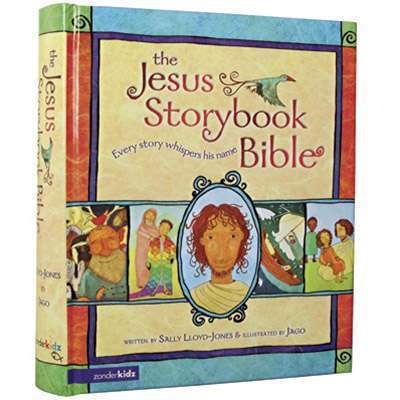
Tag: kidmin
-

What toy will be the next “fidget spinner”?
Read More: What toy will be the next “fidget spinner”?If you work with kids, then you saw the fidget spinner come and go this past summer. The popularity of this fad toy (which has actually been around for quite some time) peaked sometime in June 2017. But by July and August, it seemed that every child in North America had at least a dozen…
-

Big God, Little Kids – free Bible lessons for children’s ministry
Read More: Big God, Little Kids – free Bible lessons for children’s ministryI have written a 13-lesson curriculum called “Big God, Little Kids.” It is a series of lessons built around stories of God doing big things through ordinary kids in the Bible. You are free to use it for any non-profit ministry setting such as Sunday School, Children’s Church, Vacation Bible School, or the like. I…
-

Faith Development Resources: Preschool
Read More: Faith Development Resources: PreschoolThis is the second list in a series of posts I am doing that list resources for ministry in both the church and home in regards to nurturing faith in children. Here we turn to the preschool age group. TWO TO FOUR YEARS Arch Books. Various authors. St. Louis, MO: Concordia Publishing House. There are…
Search
Popular Posts
-
“Holy Fools”: Exploring the Journey of Calling for Christian Variety Performers
I am happy to announce that my PhD dissertation has been published to ProQuest, an academic database for published research. I have made the dissertation open source, which means anyone anywhere can access the full content free of charge. Here is the full dissertation: https://www.proquest.com/dissertations-theses/holy-fools-exploring-journey-calling-christian/docview/2622316783/se-2 Please share far and wide. I am very much excited…
-
The Easiest Large Group Game Ever
This is probably the easiest large group game ever invented. If you can think of an easier one, please let me know in the comments. Heads or Tails! This game of heads or tails involves EVERYONE in your large group. It is actually better the larger the group gets. There is an elimination factor to…
-
Book Release! Incredibly Bad Dad Jokes
I have been writing down my original Dad jokes for several years now, but recently they dramatically increased. While the past five months of my life have been the toughest for me as a Dad (with Annie’s medical crisis), the Dad jokes actually came out in full force during this season. You see, in my…
-
A Children’s Ministry Poem
From the mouths of children come questions galore about heaven and angels and Satan and more. They speak what their hearts say without holding back, so the wonder of God is something they never lack. Oh God, who are you? Who inspires the minds of little ones many, so that they may find this Jesus…
-
Joyner Family Christmas 2024 Update
Merry Christmas from the Joyners! Here’s a little bit of our life this past year. We hope and pray the Lord’s peace and blessing over you this Advent season. D – Our little guy is now 5 years old! This year he played Tee Ball in the Spring and started soccer this past Fall when…


